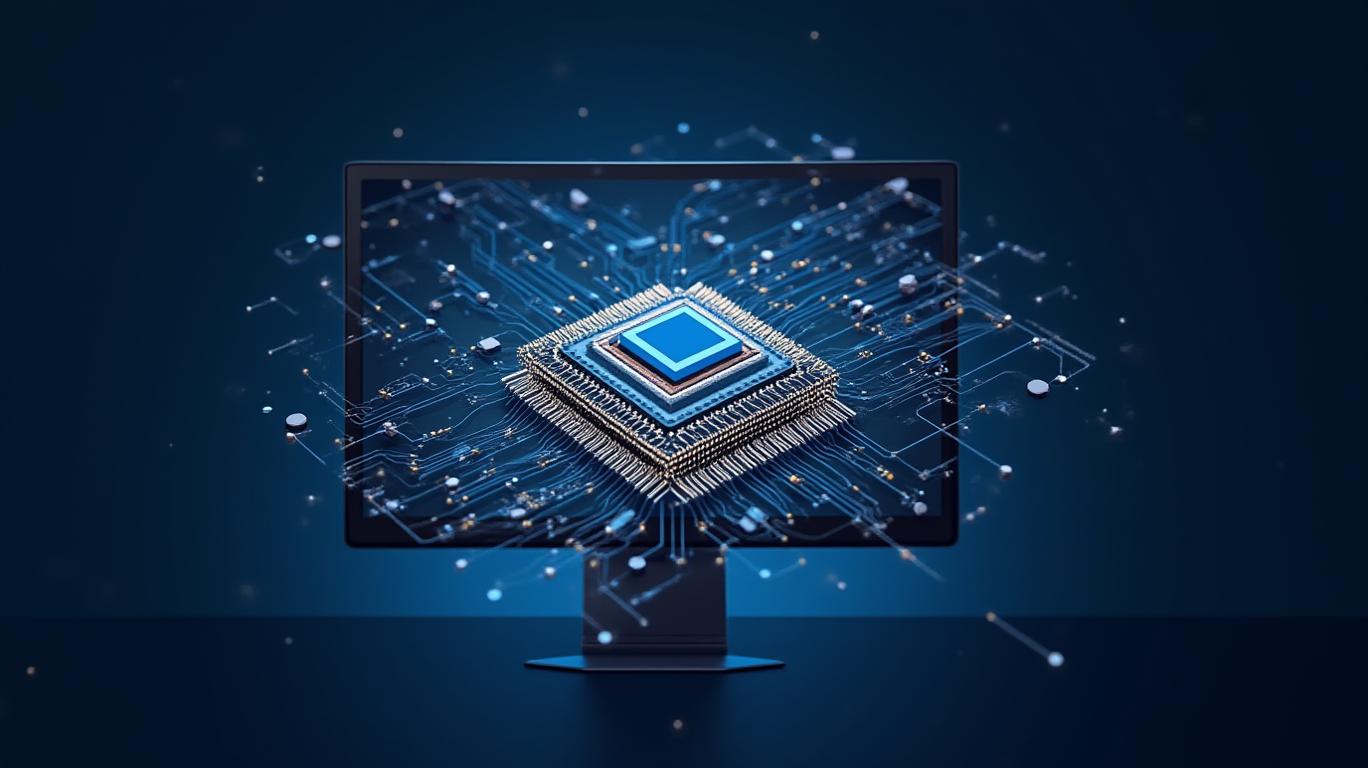EDA Dominance and Geopolitical Risks: Navigating the U.S.-China Tech Divide
The U.S. export restrictions targeting Electronic Design Automation (EDA) firms—Synopsys (NASDAQ:SNPS), Cadence (NASDAQ:CDNS), and Siemens EDA—mark a pivotal escalation in the tech cold war. By cutting off China's access to critical software for semiconductor design, Washington has ignited a race to reshape global supply chains and tech sovereignty. For investors, this is a defining moment to capitalize on strategic shifts while mitigating risks in an increasingly fragmented market.
The EDA Trifecta: Winners or Casualties?
The three U.S. EDA giants control 80% of China's EDA market, making their exclusion a seismic blow. While the immediate impact on revenue is clear—China accounts for 15-20% of their sales—their long-term dominance hinges on navigating geopolitical headwinds.
Synopsys and Cadence face dual pressures: losing a key revenue stream while competing with China's emerging alternatives. Yet their global footprint and IP portfolios remain formidable. Siemens EDA, part of a German-American joint venture, may face unique scrutiny but retains flexibility to pivot to non-China markets.
Downstream Disruption: The Global Semiconductor Squeeze
EDA tools are the unsung heroes of chip design, enabling verification of advanced architectures like GAAFET. Without them, China's progress in 5nm/3nm nodes—and its ambitions for AI-driven supercomputing—grinds to a crawl. The ripple effects are already visible:
- Supply Chain Bottlenecks: Reduced Chinese semiconductor output could tighten global chip availability for automotive, IoT, and industrial sectors.
- Cost Inflation: Domestic alternatives in China (e.g., Huada Empyrean's tools) are nascent and unproven, leading to inefficiencies and higher R&D costs.

Investment Opportunities: Betting on Alternatives and Sovereignty
The ban has created two clear investment themes: Chinese EDA alternatives and complementary tech sectors insulated from U.S. controls.
1. EDA Alternatives: The Next-Gen Pioneers
China's Huada Empyrean (backed by state funds) and startups like X-Epic (led by ex-Synopsys engineers) are racing to fill the void. While their tools currently serve niche markets, sustained government support via the five-year plan's $150B semiconductor fund could accelerate breakthroughs.
2. Complementary Tech: The Geopolitical Hedge
- AI and Memory Chips: Firms like ChangXin Memory (DRAM) and Cambricon (AI accelerators) benefit as China shifts focus to cost-effective, domestically produced solutions.
- GPU Substitutes: Biren Technology's AI-specific GPUs bypass U.S. bans, aligning with China's push for self-reliance in computing infrastructure.
Risks and Mitigation: Navigating the New Normal
The risks are manifold but navigable with strategic positioning:
- Prolonged Trade Friction: A 90-day pause on Chinese export curbs is a temporary reprieve. Investors should assume permanent decoupling in critical tech sectors.
- Smuggling and Workarounds: Leaked GPUs (e.g., NVIDIA's H800) and shell companies highlight vulnerabilities in enforcement. Monitor firms like TSMC and ASML for exposure to illicit channels.
Recommendations: Own the Sovereignty Play
- Short-Term:
- Avoid EDA stocks: SNPS and CDNS face valuation pressure unless they pivot to markets like India or Europe.
Long semiconductor ETFs with exposure to China's alternatives: Trackers like XSD (Global X Semiconductor ETF) include firms like Samsung and SK Hynix, which may benefit from China's inefficiencies.
Long-Term:
- Invest in China's tech sovereignty ecosystem:
- Huada Empyrean: A key beneficiary of state-backed R&D.
- RISC-V startups: Open-source architectures (e.g., Zhipu AI) reduce reliance on ARM/IP.
- Global AI hardware: Nvidia (NVDA) and AMD (AMD) remain critical, but pair with China's substitutes (e.g., Cambricon) for balanced exposure.
Conclusion: The New Tech Divide is Here to Stay
The U.S.-China tech war is not a temporary skirmish but a structural realignment. For investors, the path forward is clear: allocate to firms enabling tech sovereignty—whether through EDA alternatives or AI/memory plays. Those ignoring geopolitical risks will face obsolescence, while those adapting to the bifurcated tech landscape will dominate the next decade.
Act now—before the divide becomes unbridgeable.
This article is for informational purposes only. Investors should conduct thorough due diligence and consider their risk tolerance before making decisions.

Comments
No comments yet